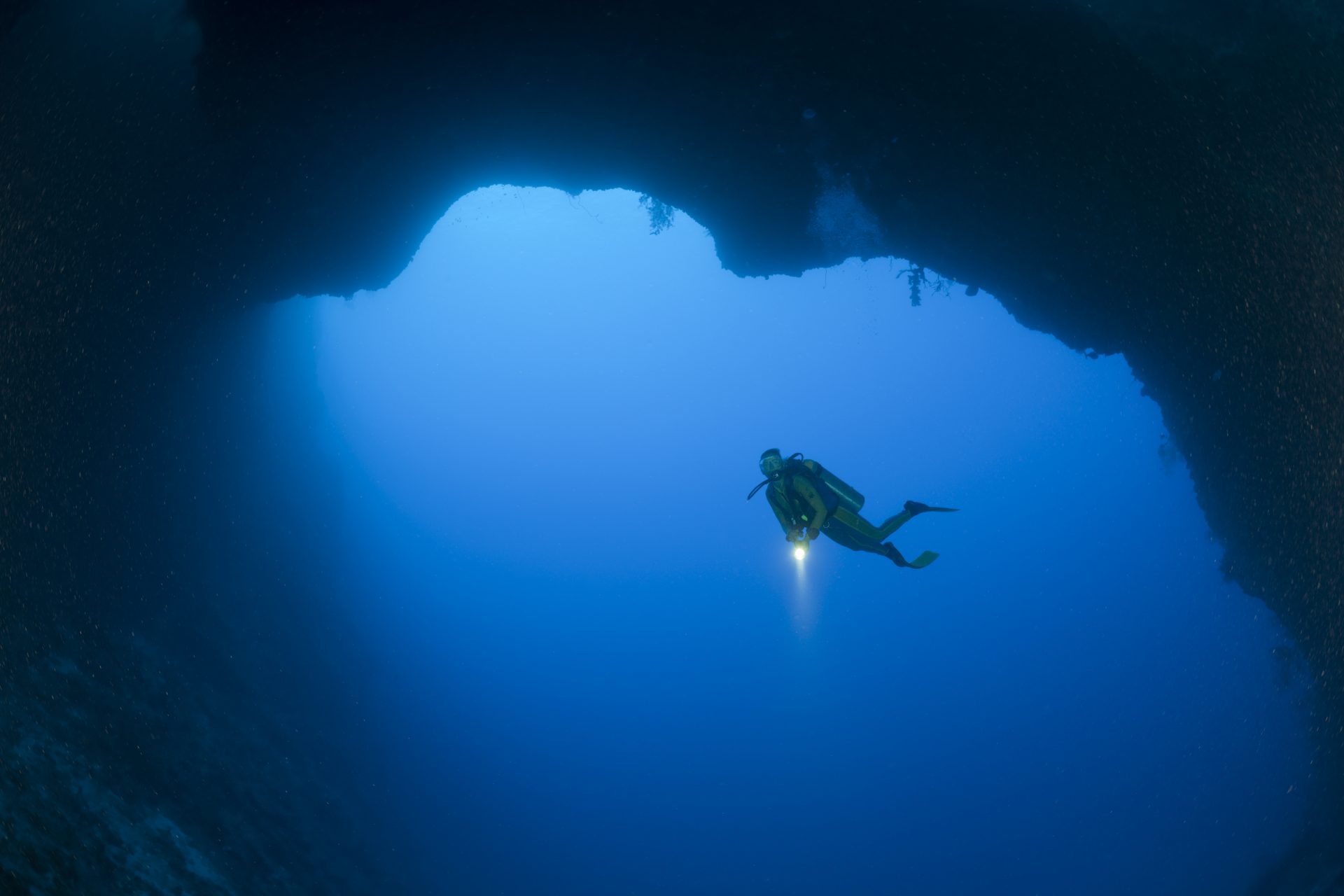Could a mysterious leak in the Pacific Ocean trigger a massive earthquake?
Scientists have found a leak in the bottom of the Pacific Ocean that could have serious seismic repercussions.
Popular Mechanics writes that this leak is technically a spring, christened Pythia’s Oasis, and is located on the ocean floor off the Pacific Northwest.
Image: University of Washington
The spring is named after Pythia, an ancient Greek high priestess and oracle of Delphi. However, Pythia’s Oasis is in Oregon.
Specifically, Pythia’s Oasis is in the Cascadia Subduction Zone, a fault along the Pacific Coast between northern California and British Columbia.
Image: Tony L / Unsplash
The fault, described by scientists from the University of Washington as “eerily quiet”, is believed to be able to unleash a magnitude-9 earthquake along the Pacific Northwest.
“They explored in that direction and what they saw was not just methane bubbles, but water coming out of the seafloor like a firehose”, stated Evan Solomon, a UW associate professor of oceanography, in the press release.
Image: University of Washington
Solomon added that such a leak is pretty unique: “That’s something that I’ve never seen, and to my knowledge has not been observed before”.
Pythia’s Oasis is thought to serve as a stress relief site between the two tectonic plates that meet in the Cascadia Subduction Zone.
This spring, according to a paper published in Science Advances, releases a liquid from 2.5 miles (1.2 kilometers) beneath the seafloor.
The liquid is described in the paper as made up of “extreme enrichment of boron and lithium and depletion of chloride, potassium, and magnesium”.
The fluid leaving the seafloor is also described as being a few degrees warmer than the surrounding water.
Underneath, it is calculated that temperatures must be between 150 and 250 degrees Celsius or 300 to 500 degrees Fahrenheit!
Without the liquid that the leak releases, the tension would grow between the tectonic plates with devastating consequences.
Image: Jens Aber / Unsplash
It could end up in a massive earthquake along the North American Pacific Coast.
Popular Mechanics highlights that we can’t do much about earthquakes, just continue to study them and hope for the best.
What is true is that Pythia’s Oasis still holds many mysteries to discover and understand our oceans and our world.
More for you
Top Stories





























